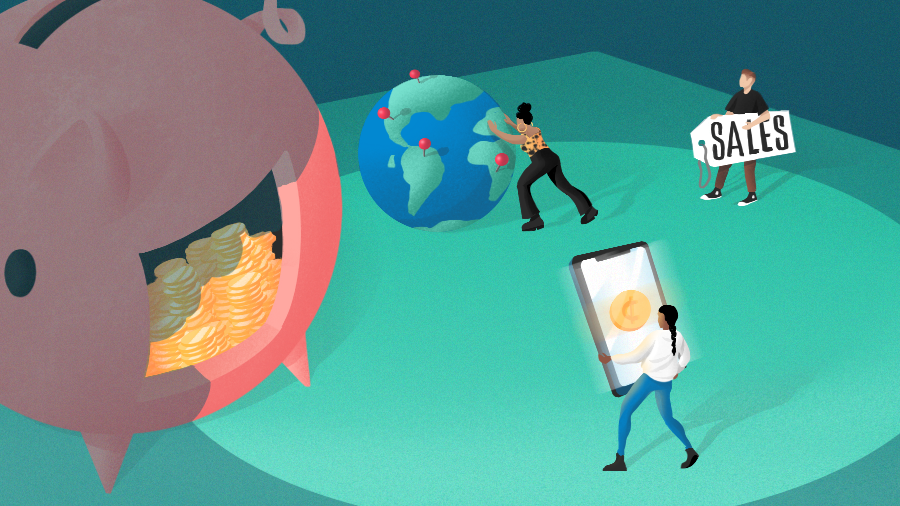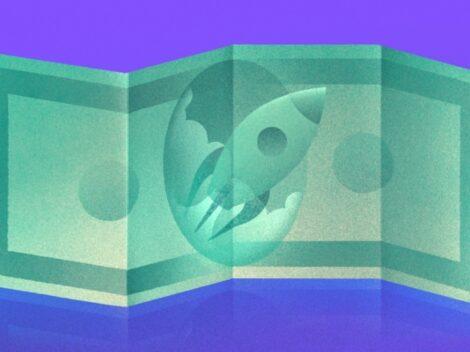Strategy Session is a feature for Crunchbase News where we ask venture capital firms five questions about their investment strategies.
Subscribe to the Crunchbase Daily
The ocean plays a role in the health of our planet, while the seafood industry is the primary protein source for more than 3 billion people.
S2G Ventures, a Chicago-based investment firm focused on food and agriculture, human health, climate change, and planet health, has established a new oceans and seafood investment team with commitments of up to $100 million.
This investment is separate from the firm’s food and agriculture sector two funds, for which S2G Ventures raised $125 million in 2015 and $280 million in 2017.
To manage the oceans and seafood strategy, Kate Danaher and Larsen Mettler joined the firm as managing directors. The fund will invest in early, venture and growth-stage companies involved in seafood and alternative protein sources, aquaculture and supply chain innovation, traceability/transparency, algae/seaweed, and ecosystem services.
Danaher, Mettler and firm Managing Director Chuck Templeton discussed the fund’s strategy with Crunchbase News.
Why is now a good time to raise a new fund?

Danaher: S2G has been investing in food and agriculture for six or seven years. When they started, few investors were focused in that area. It showed you can advance innovation in the food system and build an ecosystem of new founders who are doing this. We believe this is a natural extension and an area that is undercapitalized. Innovation in food space can be extended, applied and lessons learned. We have seen plenty of opportunities over the years, and we decided it was time for someone to help co-lead this effort.
A fund focused on the seafood sector and ocean health is unique. What drove the decision to focus there?

Templeton: Seventy percent of the world is ocean, and less than 5 percent has been explored, so we know there are awesome solutions out there. We see other challenges from a climate perspective and waste perspective, and that will lead to untapped resources, so we are excited to have Kate and Larsen building and leading the effort.
What are you looking for in this space that would lead to an investment?
Danaher: We are in the process of narrowing down on what we want to focus on. It is a broad sector, and there is a lot of need. We are really interested in innovation where there are direct benefits to ocean health and the ecosystem. Just in the ocean, there is algae and seaweed and technology that can track missing fishing equipment. Anything that is going to have direct ocean health and economic benefits, such as seafood and feeding people in better way
Mettler: We are also looking at sustainability to the seafood sector and increasing utilization from those products.
Have you made any investments from the fund yet?
Danaher: We have not, but we may make one or two this year. We are analyzing our strategy and will hit the ground running in 2021.

Mettler: As we have seen, deal flow will not be a problem in the short life of the fund so far. I would think over three years we will have the first fund deployed. We are looking to do co-investments as well, both from other funds as well as partnering up with family offices and institutions.
Templeton: We see a lot of people talking about this, but haven’t taken the opportunity to put a dedicated team behind it. Really leaning on diligence, the ecosystem and corporate partners, should unlock other capital and other opportunities. With the $100 million, we think it is a good start.
In working to establish this fund, was there anything you learned that surprised you?
Mettler: I have been in the seafood industry for over 16 years and I’ve learned that there is an overarching complexity to the industry. It is certainly wide and intersects with a lot of other industries, such as freight and transport. It is also fragmented, for example, you have salmon in aquaculture production in Norway and wild fisheries in Alaska.
Danaher: We are starting up one of the largest and few seafood-focused funds, and we cannot do this alone. This is a big sector, and our primary objective is leveraging additional capital into the space. Ecosystem development and partnership will be just as important as the companies we invest in. Now that we are open for business, we have received countless opportunities and are looking at everything right now.
Photos of Kate Danaher, Larsen Mettler and Chuck Templeton courtesy of S2G Ventures
Illustration: Dom Guzman

Stay up to date with recent funding rounds, acquisitions, and more with the Crunchbase Daily.











67.1K Followers